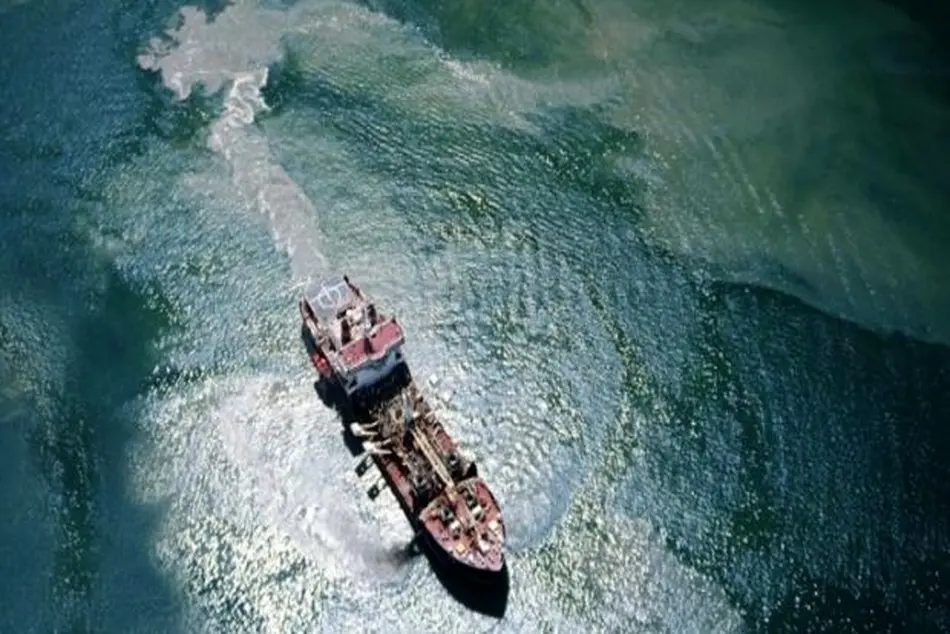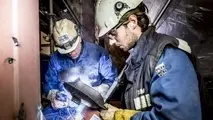New paper calls for compliance with bilge water regulations

TIN news: Alfa Laval issued a white paper, named “Bilge water compliance issues”, which calls for a marine industry review of the current bilge water regulatory environment and the need to evaluate test protocols that do not reflect actual operating conditions. Even if a traditional system with type approval is operating on board, the paper states, there are still risks of violating applicable laws and damaging the marine environment.
One protocol, for instance, only requires the test to take place for 2.5 hours and the use of a fluid mixture that contains fresh water, oil and only one chemical at stable land facility.
As the company explains, during actual operating conditions, bilge water is treated continuously and often contains a more complex chemical mixture with emulsions.
“We know that there are problems associated with conventional systems even if they are type approved, and we want to make to ship owners aware that” says Niclas Dahl, Vice President, Marine Separation & Heat Transfer Business Unit, Alfa Laval.
The company says its solution for bilge treatment has been tested and validated for compliance under real-life operating conditions on board, including pitching and rolling on the high seas. Violation of bilge water regulations leads to stiff fines and/or imprisonment for those found guilty and the consequences on the crew and their livelihoods, on ship owner reputations, and on the world’s marine ecosystems are grave.
“We take bilge water regulations seriously. The cost of subpar bilge water treatment systems on our oceans is far too great,” says Magnus Lagerfors, Application Manager, Marine & Diesel Equipment, Alfa Laval.
Alfa Laval informs that only about 10% of the world’s fleet now uses centrifugal separation technology for bilge water treatment, which brings a low-cost coalescer-type separator for bilge water treatment, but the company stated that doing so would support the marine industry’s commitment to environmental sustainability.
Further information may be found in the following paper:
